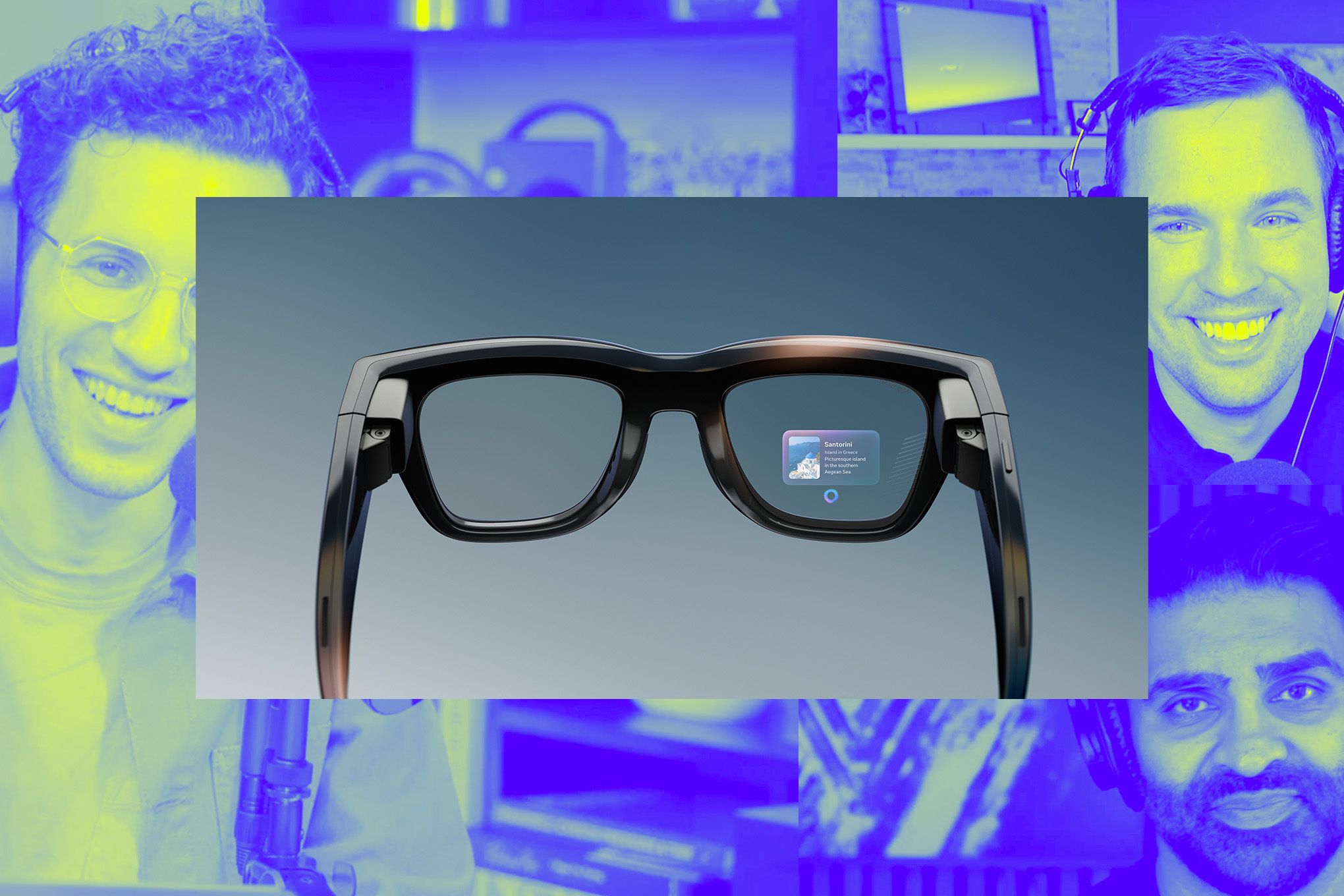Meta is pulling ahead in the smart glasses arms race, positioning itself as the clear leader while Google, Apple, and Samsung scramble to catch up. The company's Ray-Ban partnership has produced the most successful consumer smart glasses to date, creating momentum that rivals are finding hard to match as the wearables market heats up.
Meta just cemented its position as the undisputed leader in smart glasses, and it's not even close. While tech giants talk about the future of face computers, Meta is actually shipping products people want to buy.
The company's latest lineup includes three distinct approaches: the Meta Ray-Ban Display with an actual screen, the Oakley Meta Vanguard with wraparound styling, and the Ray-Ban Meta Gen 2 that builds on the original's success. Each targets different user bases while maintaining Meta's core advantage: they actually look like glasses people want to wear.
That's where the competition falters. Google burned through billions on Google Glass before retreating to enterprise markets. Apple remains conspicuously absent from the smart glasses space despite rumors of development projects. Samsung continues to focus on smartwatches while eyeing the wearables market from the sidelines.
Meta's Ray-Ban partnership changed everything. By working with an established eyewear brand, the company solved the fundamental problem that killed Google Glass - making smart glasses that don't scream "I'm wearing a computer on my face." The result is a product line that appeals to both current glasses wearers and people who normally avoid eyewear altogether.
The numbers tell the story. Meta's smart glasses have found genuine market traction in ways previous attempts never did. The company isn't just building prototypes or concept devices - they're scaling manufacturing and expanding retail partnerships. That's the kind of momentum that's incredibly difficult for competitors to match.
The Verge's analysis suggests Meta's diverse approach is intentional. Different form factors serve different use cases, from the display model for AR applications to the Oakley variant for sports and outdoor activities. This isn't a single product strategy - it's a platform play designed to own the entire smart glasses category.












